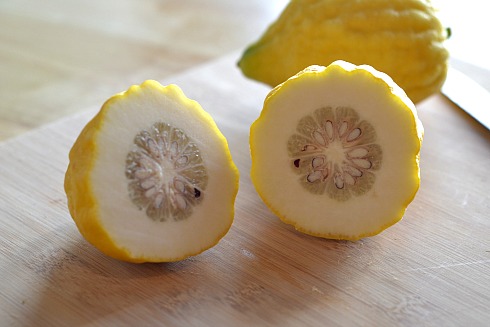Eight hemorrhagic cysts facts every woman should know.
Hemorrhagic cysts, also known as ovarian cysts, can be a fairly serious health risk. They can put not only your reproductive health in jeopardy, but they can affect you in a surprising number of ways. If you want to understand what’s going on, here are a few hemorrhagic cyst facts you need to know:
- They’re not solid – Most of us think of solid lumps or masses growing inside our bodies, but that’s not the case with a cyst. Hemorrhagic cysts are fluid-filled sacs that grow on your ovaries. Those sacs will feel solid, but the fluid inside can drain away.
- Not all are dangerous – But some are! The problem with these cysts is that they can rupture. This may lead to pain and bleeding, something very SERIOUS bleeding (hence the “hemorrhagic” in the name). We all know how serious internal bleeding can be, so the last thing you want is for one of these cysts to rupture.
- The cysts can set in at any time – There is no “typical age” for these cysts to form. They can affect women of all ages, and they’re actually a lot more common than you’d expect. The good news is that while the cysts can grow as a result of hormone fluctuations (such as during pregnancy, menstruation, or menopause), they are not a sign of a specific disease. The majority of these cysts tend to be benign, meaning they won’t lead to cancer.
- Some cysts are cancerous – Cysts are essentially growths on your ovaries, and while most of them tend to be harmless, there are a few that can turn cancerous. Ovarian cancer will cause malignant cysts to develop, but not all ovarian cysts are caused by cancer. That’s why it’s so vital to get checked out and have the cysts biopsied to ensure they aren’t the result of cancer.

READ MORE: Preemptive Ovarian Cancer Surgery May Help Survival
- The symptoms are mostly located in the pelvis – It makes sense, given it’s a fluid-filled sac growing on your ovaries. The symptoms include pelvic pain, a feeling of “fullness” in the abdomen and pelvis, pain during intercourse, chronic pelvic and/or lower back pain, and pressure on your pelvis during urination and defecation. Of course, some of the other symptoms are more related to the reproductive system, such as excess bleeding during menstruation, irregular periods, and infertility.
- They can grow to all sorts of crazy shapes and sizes – The typical ovarian cyst is usually smaller than 1 inch, though it’s normal for them to grow up to 4 inches in diameter. But did you know that some cysts can actually reach a whopping 12 inches or more? That’s a pretty bloody huge cyst developing in your body!
- There are six types of cysts – Aside from the most terrifying of all (cancer), there are five other types of cysts: follicular cysts, which form when ovulation doesn’t occur; hemorrhagic cyst, which is a cyst with internal bleeding; corpus luteum cyst, which occurs after the egg has been released; dermoid cyst, or a benign sort of tumor; polycystic ovaries, or cysts that cause the ovaries to swell; and endometrioid cysts, the manifestation of endometriosis.
- There are many causes of the cysts – A family history of ovarian cysts is one of the most common factors in cyst development, but things like early menstruation, obesity, infertility, irregular menstrual cycles, and hypothyroidism can all play a role in the development of hemorrhagic ovarian cysts.
These facts will help you understand the truth about the hemorrhagic cysts, and will prepare you to take the steps needed to treat the problem.
Love this article? For more beauty, style, travel, and trending topics check out The Luxury Spot on Facebook. Like us and we’ll love you back!








